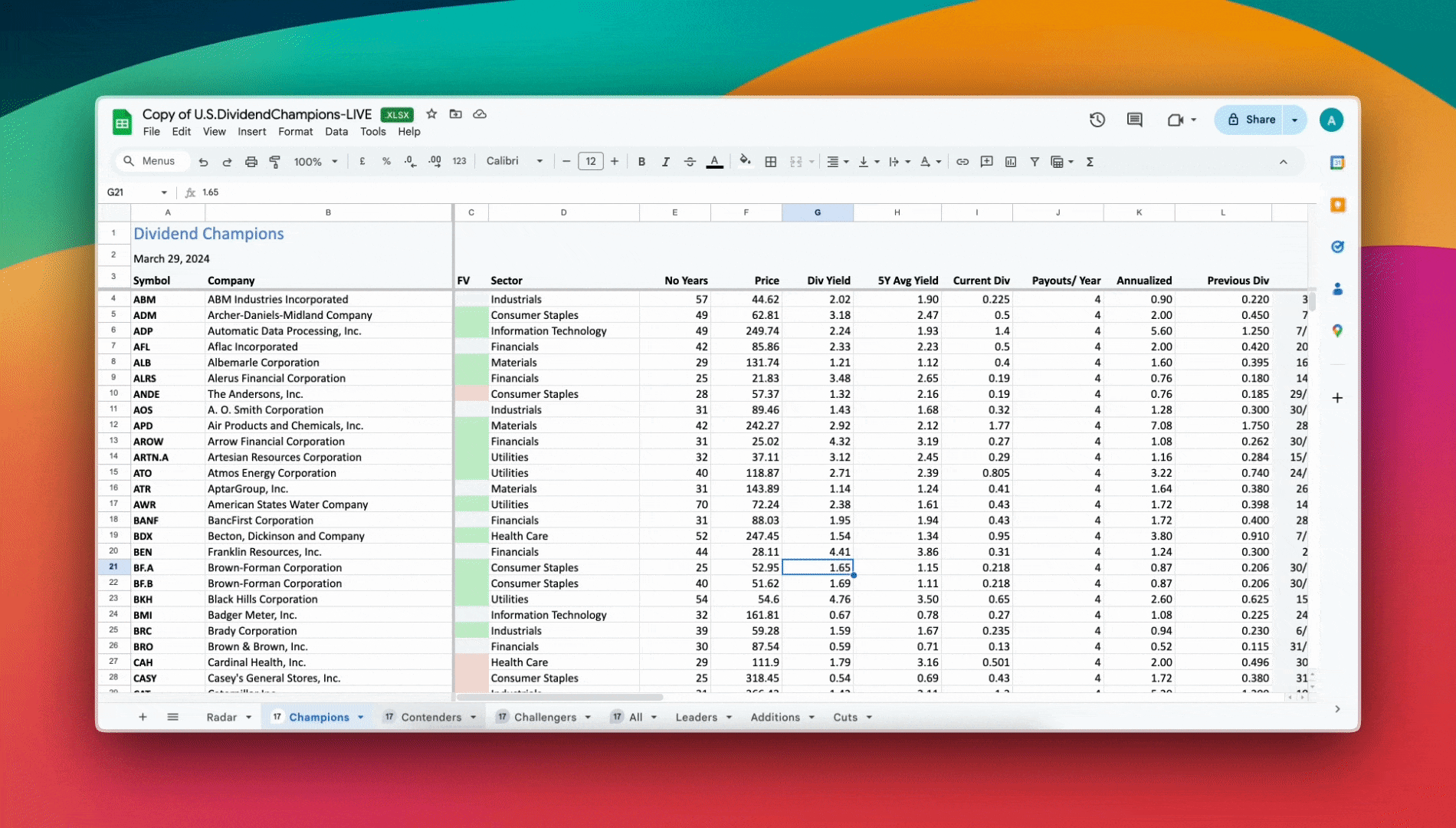Some companies are on the cusp of becoming Dividend Kings – companies that have increased their dividends for 50 consecutive years. It is instructive to examine these companies as they approach this milestone.
National Fuel Gas Company (NYSE: NFG) is a diversified energy company headquartered in Williamsville, New York, operating an integrated collection of natural gas and oil assets across four business segments within three groups:
Upstream
- Developing acreage in Marcellus and Utica shales.
- Exploration and Production
Midstream
- Expanding pipeline infrastructure to provide outlets for Appalachian natural gas production.
- Pipeline and Storage
- Gathering
Downstream
- Providing service to customers in Western New York and Northwest Pennsylvania.Utility
From their website:
Upstream
Exploration and Production
Seneca Resources Company, LLC explores for, develops, and produces natural gas and oil reserves in California and Appalachia, including the Marcellus (and Utica) Shale(s).
Midstream
Pipeline and Storage
National Fuel Gas Supply Corporation provides interstate natural gas transmission and storage for affiliated and nonaffiliated companies through an integrated gas pipeline system that extends over 2,300 miles from southwestern Pennsylvania to the New York-Canadian border at the Niagara River.
Gathering
National Fuel Gas Midstream Company, LLC’s primary business is to build, own, and operate natural gas processing and pipeline gathering facilities in the Appalachian region.
Downstream
Utility
National Fuel Gas Distribution Corporation sells or transports natural gas to more than 740,000 customers through a local distribution system located in western New York and northwestern Pennsylvania.
Earnings (Loss) by Segment
| Six months ended March 31 | 2020 | 2019 |
|---|---|---|
| Exploration and Production Segment | $(151,299) | $60,087 |
| Pipeline and Storage Segment | $40,192 | $42,851 |
| Gathering | $35,842 | $26,872 |
| Utility Segment | $58,082 | $61,237 |
Overview
With each of the company’s four segments dealing with natural gas, National Fuel Gas is sensitive to the price of natural gas. I placed a chart of their stock price over the price of natural gas for the past four and a half years to show the correlation between the two.

Because the company has some diversification, as opposed to a pure natural gas production company, it can somewhat mitigate natural gas price variances, though the tether remains.
National Fuel Gas agreed to purchase struggling Dutch Royal Shell’s gathering assets of over 200,000 acres in Pennsylvania, a property contiguous to the existing Tioga County. Additionally, the acquisition includes 142 miles of gathering pipelines, as well as over 100 miles of water pipelines and associated water-handling infrastructure. With a closing date set for 31 July 2020, this should offer increased cash flow over time, with an expected EBITA of $125M next year.

National Fuel Gas maintains its payout ratio in the 50% range, which over the years has given the growth of their dividend a margin of safety while other energy companies have cut theirs during adverse business conditions. This prudence is one reason why only one other company in the Gas Utilities industry (Northwest Natural Gas) has achieved Dividend King status. During the current economic problems, this offers confidence that they will continue to protect the dividend.
The dividend yield is currently above 4%, which is quite attractive. The consistency of their payout ratio has provided a steady dividend growth of 2.7%, 2.5%, and 2.4% over the past 10, 5, and 3 years.

There are two dips in price over the past five years that are the result of non-cash valuations in NFG’s Exploration and Production segment. GAAP requires the company to perform a quarterly “ceiling test”, where they compare the present value of future reserves with the book value of those reserves. If the book value exceeds the present ceiling then the company must report an impairment charge.
In both cases the price of natural gas fell, making their future reserve assets fall below the book value, so the excess charge was removed from the company’s earnings. Most recently the decline of natural gas prices forced a lowering in the NFG’s guidance, precipitating the drop.
The fall in prices has also necessitated a reduction in the number of drilling rigs in Appalachia this summer, as well as activity deferment in the Eastern Development Area. As a result, the company revised its fiscal 2020 earnings projection from $3.15 to $3.10 per share.
National Fuel Gas can meet its short-term borrowing needs, made difficult through the coronavirus epidemic, through lines of credit, which is normally accomplished using cash on hand. The length of the pandemic has caused a reduction in capital spending over the second half of fiscal 2020, reducing its need for borrowing.
The company intends to move forward with an expansion of its Pipeline and Storage segment. Construction on the Empire North Project will allow for the transportation of 205,000 Dth per day of additional shale supplies, beginning service in the fourth quarter of 2020.
Their FM100 Project is intended to upgrade 1950’s era pipelines in northwestern Pennsylvania, allowing for additional transportation capacity on Supply Corporation’s system in Pennsylvania. This has a target completion date of late 2021.
Finishing Up
The energy sector has seen declines in recent days and the glut of oil on the market will continue to mar valuations during this downward portion of the cycle. During a time when oil prices are low, natural gas prices become less attractive. In the past the energy arbitrage between the two was stable, but the recent shale revolution has decoupled these prices. The price ratio of natural gas to oil which reached a high in 2012 of over 60 to 1 has bounced significantly recently. The current ratio will affect the value of gas, which directly influences stock price.
A safe and attractive dividend could make for an attractive purchase for the long-term dividend investor who is comfortable with the cyclical nature of the sector. With the current price appearing attractive, this could be a valuable acquisition for the patient investor.
Disclaimer: I started a position in National Fuel Gas in May.
